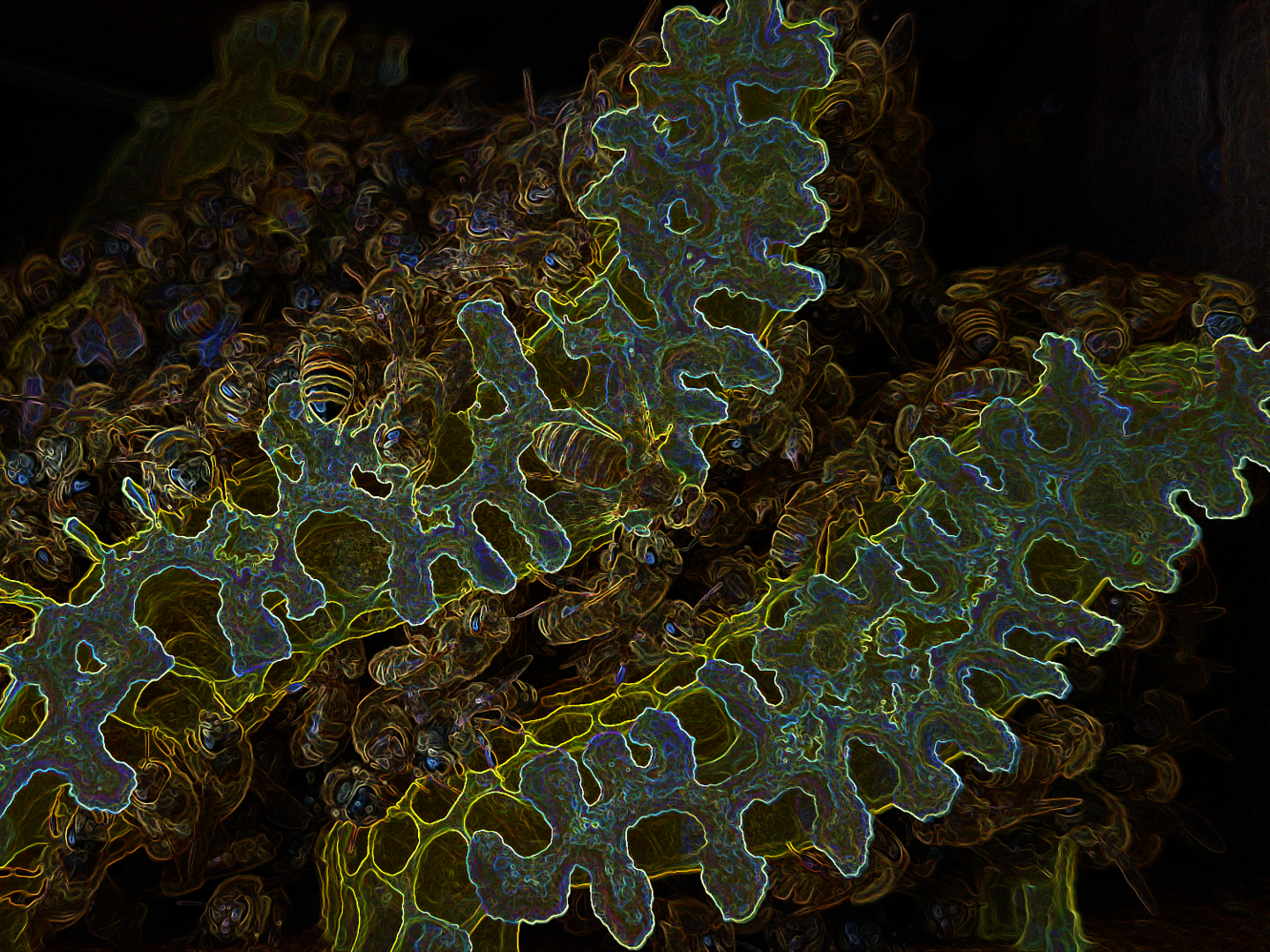MCIBS Dissertation Defense
Molecular Mechanisms of Phenotypic Variation in Honey Bees (Apis mellifera)
A Dissertation in Molecular, Cellular, and Integrative Biosciences, in partial fulfillment of the requirements for the degree of Doctor of Philosophy (PhD) from The Graduate School at The Pennsylvania State University.
May 30th, 2024, 12-1pm (EST), 008 Mueller Laboratory, University Park, PA, 16801
Zoom link: https://psu.zoom.us/j/96078796621
Dissertation Committee
- Christina Grozinger - Publius Vergilius Maro Professor, Department of Entomology, Director of Center for Pollinator Research, Dissertation Co-Advisor, Co-Chair of Committee
- Michael Axtell - Professor, Department of Biology, Louis and Hedwig Sternberg Chair in Plant Biology, Dissertation Co-Advisor, Co-Chair of Committee
- Shaun Mahony - Associate Professor, Department of Biochemistry and Molecular Biology
- Heather Hines - Associate Professor, Department of Biology
- Amro Zayed - Professor, Department of Biology, York University, Toronto, Ontario, Canada, York Research Chair in Genomics
Abstract
Phenotypic variation is the raw material for natural selection. Elucidating the molecular mechanisms underlying phenotypic variation is crucial for understanding how animals adapt and evolve to match different social and environmental conditions. Social insects like the western honey bee Apis mellifera, with their complex social structures and sophisticated responses to environmental variation, offer unique opportunities to study these mechanisms. In this dissertation, I use multi-level analyses of molecular mechanisms driving phenotypic variation in honey bees across tissues, developmental stages, behaviors, and environmental contexts. In Chapter 1, I review the field and identify knowledge gaps in describing the molecular mechanisms underlying phenotypic plasticity in honey bees. In Chapter 2, I employ bioinformatics and statistics to explore tissue-specific transcriptional differences underpinning phenotypic plasticity in seasonal behaviors. In Chapters 3-5, I utilize controlled breeding, behavior assays, and molecular techniques to investigate parent-of-origin effects (POEs) on gene expression and regulatory systems, to examine the mechanism underlying plasticity in social behavior and validate predictions of the kinship theory of intragenomic conflict. In Chapter 3, I investigate POEs on transcriptional, behavioral, and physiological responses of worker honey bees to an “altruism”-promoting social pheromone. In Chapter 4, I examine POEs on gene expression linked to a “selfish” aggressive behavior in workers and probe RNA methylation and isoform switching as underlying regulatory mechanisms. In Chapter 5, I assess reproductive caste differentiation, evaluate POEs on gene expression and examine chromatin regulation via histone post-translational modifications (HPTMs) as a candidate regulatory mechanism, and compare this to genomic imprinting in other species. Finally, in Chapter 6, I integrate these findings with existing literature and suggests future research directions. Together, these studies demonstrate that tissue-specific gene expression can create phenotypic variation across life stages and environments in honey bees. They also show that POEs on gene expression and epigenetic modifications contribute to phenotypic variation in development and social behavior, supporting theories of how these behaviors evolved. Moreover, my thesis research provides the first evidence that POEs on HPTMs may underlie POEs on gene expression in a social insect and describes how POEs might induce phenotypic variation by altering gene dosage and regulatory networks. This research provides insights into the interaction of proximate and ultimate mechanisms affecting gene expression and phenotypic plasticity, underscoring the value of honey bees as a model for studies of the molecular mechanisms of phenotypic variation.

